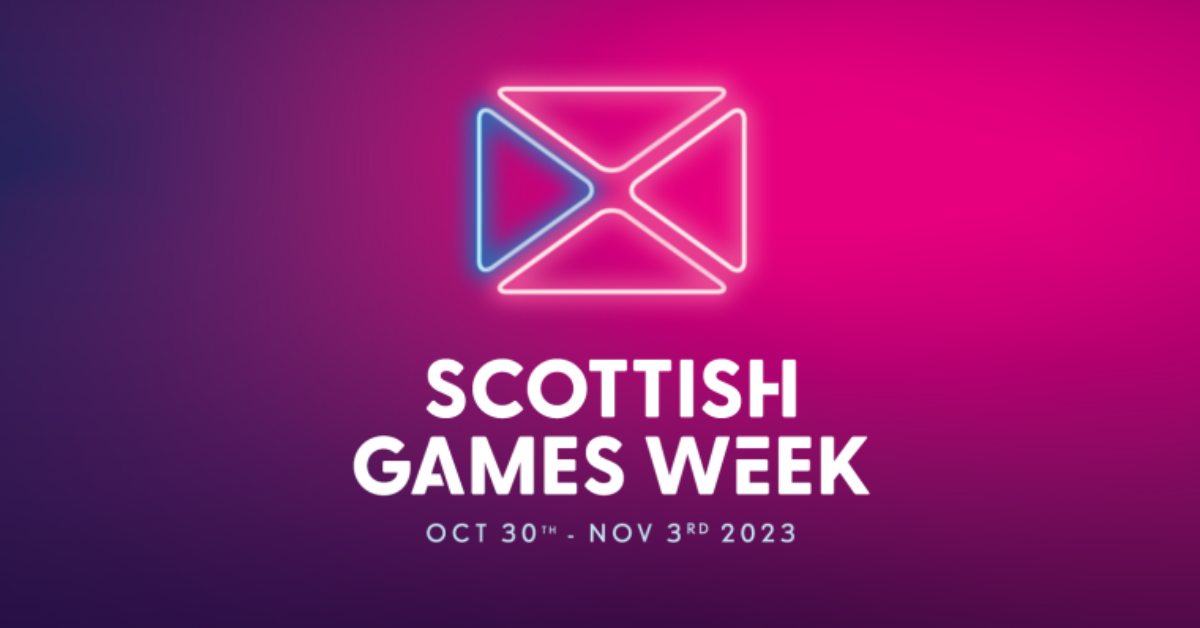Making the Jump to Hyper (Casual) Space

Team AdInMo is a big fan of Pocket Gamer Connects (we were at the first one in 2014 in London, back in the days when you could shake hands with people) Last month’s digital version wasn’t quite as much fun, but held just as much insight. Our resident game designer Nathan Ball checked out some of the sessions including one on Hypercasual games from the guys at Crazy Labs. Here’s what he had to say:
Rotem Eldor is the Publishing Manager at Crazy Labs, a leading Hypercasual games Publisher. His talk at #PGConnects was provocatively titled “Do not resuscitate: Why Hypercasual publishing managers are lifeguards, not undertakers”. He showed two screenshots: one from the classic FPS Doom, and one from Acrylic Nails, published by Crazy Labs.
He shared fond memories of Doom and stated that he’d much rather work on games like that than the hyper casual games that he now finds himself working on – a brutally honest admission considering the event and the speaker.
Given this opening bombshell, you could perhaps have expected a complete assassination of the Hypercasual genre. Not at all.
Eldor’s comparison of ‘proper’, meaningful games like Doom to the comparatively low-impact Hypercasual games he works on served to strengthen his true opening argument: hyper casual games are business, not fantasy; not a dream job, but a reality. They capitalise on trends in quick, lightning bolt flashes of content, responding to the world and social media in close to real time to hit as large an audience as possible.
This is a marked difference to bigger games, which spend years in development, and tend to follow the vision of the team developing them rather than the demands of social media. Starting from this point and examining the further differences between Hypercasual games and other games, they delineate to the point where any comparisons between the two seem not only unfair, but unproductive; Hypercasual games are simply different beasts entirely.
Standard games are designed for players to play and enjoy for weeks, or even months in some cases; Hypercasual games are meant to last players 3-4 days. Jestercraft’s Klaus Kääriäinen, who also spoke on the Hypercasual track, even advised against developers trying to extend their hyper casual games beyond this lifespan, and instead to focus on getting as much out of that short time as possible, likening games in the genre to “bubblegum”; chew for a while then throw away.
This approach means hyper casual games also rely heavily on advertising models for monetization.
Without the expectation of long-term player investment, these games can benefit on large volumes of short-term players by building their designs around the presence of ads, as attested to by both Eldor and Kääriäinen.
While this may sound repellent to some in the games industry, no one is claiming such games are ‘definitive’. They have different goals and the reality is that ads are a necessary evil to support this unique game genre; without paid entry or long-term investment, ads are the only way these games can exist at all.
And that’s a good thing, particularly when there’s so much capacity for iteration and experimentation within the Hypercasual space. The short development cycles and short product life spans mean that developers can afford to try different things, sometimes hitting and sometimes missing.
This point was illustrated extremely well by Joanna Haslam of Snap Finger Click, a Brighton-based studio developing party games with a focus on Twitch integration. She talked about the possibilities offered for Hypercasual games on Twitch and the power of simplicity; just as people can easily insert themselves into simple fables, filling the intentionally empty space to great effect, so too can simple games allow their players to contribute and improve their experience when there’s room left to do so, as Twitch audiences find themselves doing with Snap Finger Click’s games.
The Hypercasual genre is a creature of almost pure potential, unbound by time or dev budgets and designed with player accessibility in mind. While many do exist only to make money, there’s a refreshing honesty in the developers’ willingness to admit this; just as Kääriäinen suggested, developers should not push against the limitations of the genre but embrace them to make the best games that they can.
And, in the end, surely more people playing more mobile games is good for everyone? The future for this young, controversial genre is bright.
More…
Scottish Games Week 2023
We are proud to be supporing SGW23 next week, which kicks off in our hometown of Edinburgh on Monday 30th October. Have a look at what’s in store: Monday 30th October – Developers, Edinburgh Our CEO and Co-founder will be speaking at the Industry Conference on...
Hardcore or Casual? Both. Neither. That’s not the point!
AdInMo’s Senior Partnership Manager for LATAM, Manuela Magalhaes was recently at Maximidia in Brazil and here shares her takeaways from the show. Despite LATAM being big adopters of in-game advertising, it’s clear the potential of immersive formats is much greater in...
AdInMo pioneers first ever Rewarded InGamePlay Ads with fintech partner ZBD
Partnership opens up an exciting new monetization world of benefits for both players and developers of mobile games and raises the bar with its immersive in-game ad formats and rewarded adtech solution We delighted to announce our technology partnership with ZBD, a...



